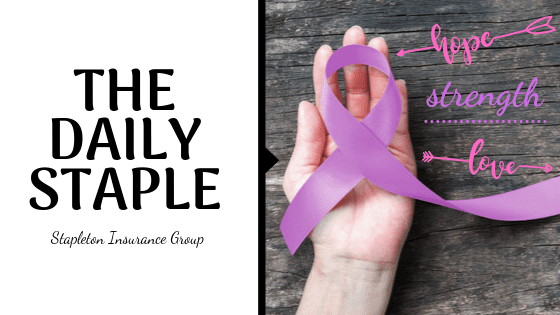Ugh. It’s that time of year again, where pumpkin spice and pink ribbons take over department/grocery store shelves! Whether you are a lover of all things pumpkin and pink or not, this time of the year is very important, it serves as a reminder that an annual mammogram can truly be the spice that could save a woman’s life!
Did You Know?
According to Breastcancer.org, all women are at risk for breast cancer—research estimates that 1 in 8 or about 12 percent of women will be diagnosed with invasive breast cancer at some time in their lives. Read on to learn about causes and risk factors, and how to identify and prevent breast cancer.
The most common indication of breast cancer is discovering a lump in the breast or underarm area. Other signs include swelling, skin irritation/dimpling, nipple pain/abnormalities, redness or scaly skin and discharge from the nipple.
To detect breast cancer, physicians may use the following tests:
- Mammogram – a breast X-ray
- Biopsy – the removal of cells or tissues so they can be viewed under a microscope
- Estrogen and progesterone receptor tests – to determine the levels of each hormone
- MRI (magnetic resonance imaging) – a procedure that uses a magnet, radio waves and a computer to make a series of detailed pictures of inside the body
The chance of recovery and the treatment options depend on many factors including the stage of cancer, how fast the tumor is growing, hormone receptor levels, and a woman’s age. The four standard types of treatment used for breast cancer are:
- Surgery, ranging from a small lump of tissue being removed to an entire breast (mastectomy)
- Radiation therapy
- Chemotherapy
- Hormone therapy
Healthy Hints
Medical experts attribute the development of breast cancer to a combination of both unknown and known factors. An extensive list of these factors can be found at: www.breastcancer.org/risk/factors.

